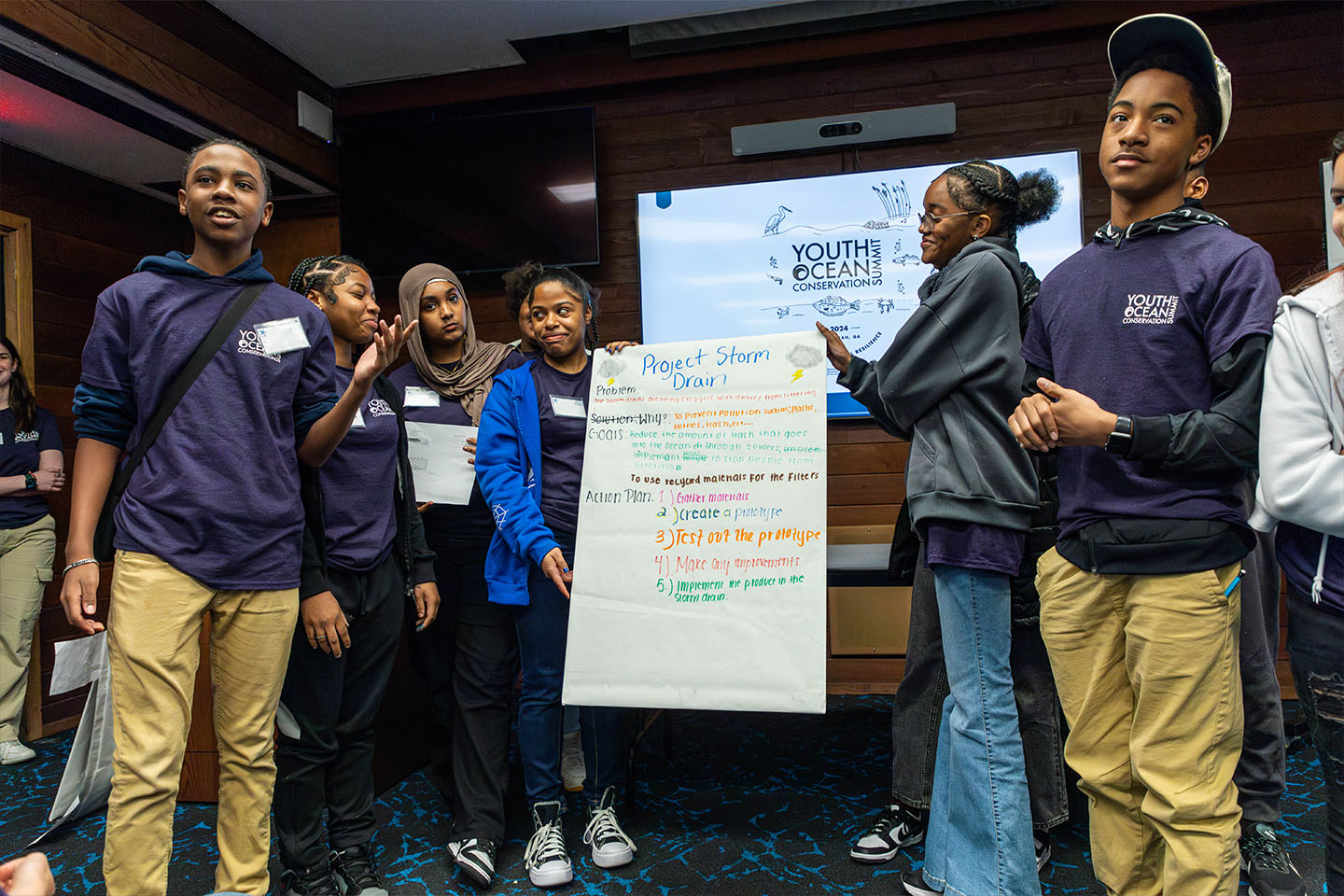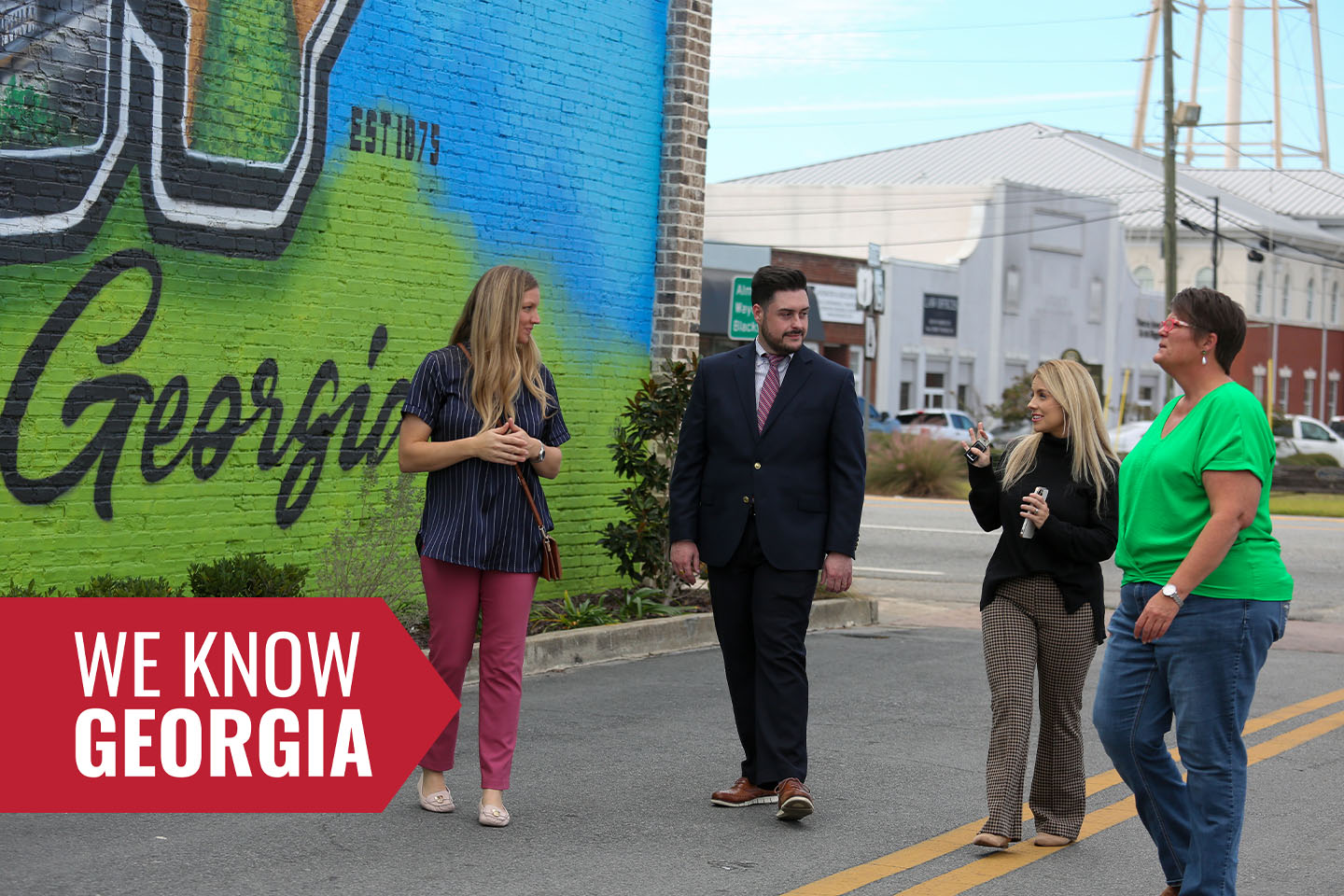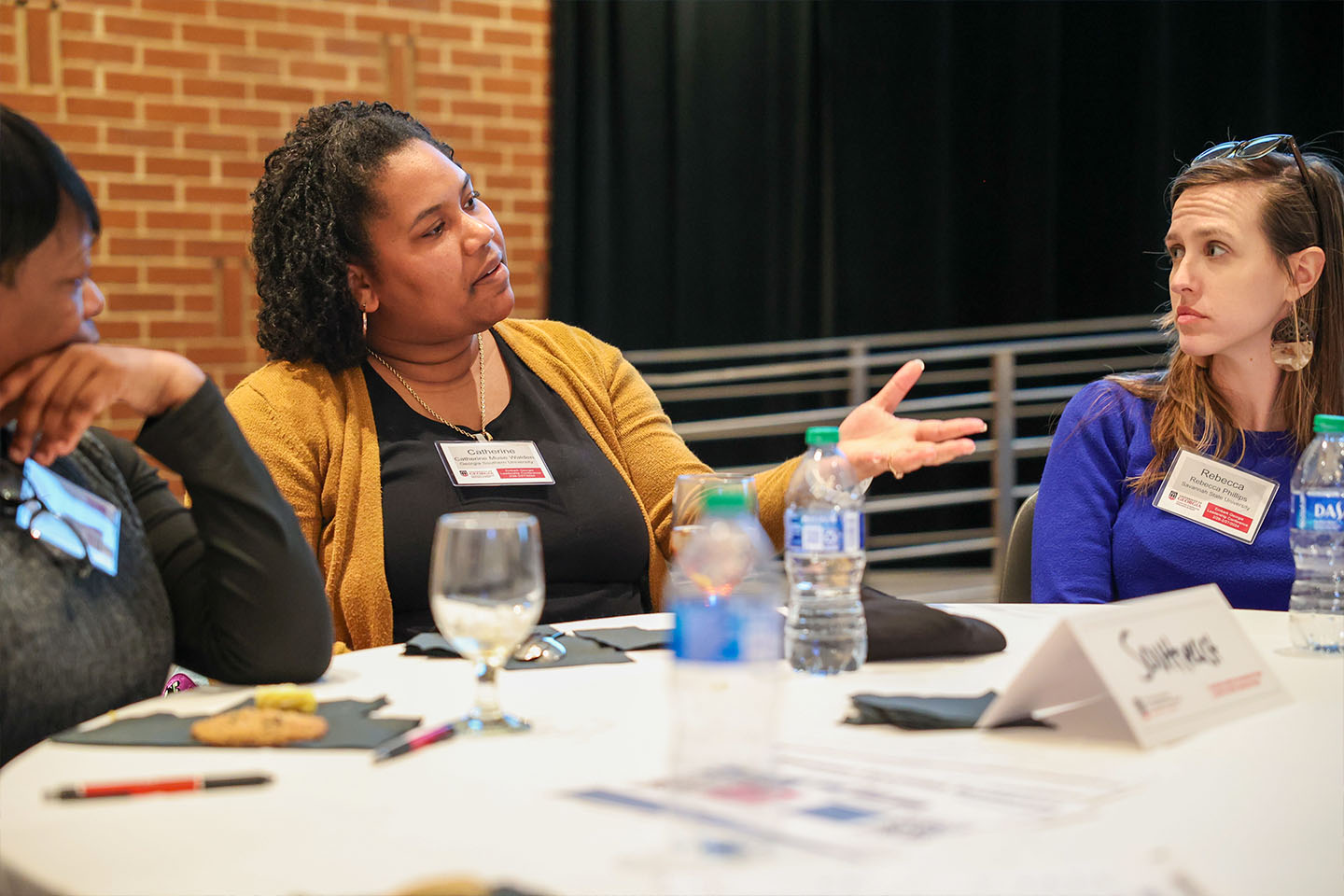Stephen Reichert spent much of his career in New York City but now the Macon native, and chairman of the board of the State Botanical Garden of Georgia, wants to see his hometown thrive and he’s found a willing partner in the University of Georgia.
Reichert, along with his brother, Macon-Bibb County Mayor Robert Reichert, watched on Tuesday as native plants raised at the State Botanical Garden of Georgia, a unit of the UGA Office of Public Service and Outreach, were planted in a garden by the gates of Rose Hill Cemetery in Macon.

Macon-Bibb County Parks and Beautification Director Stephen Lawson, Heather Alley- conservation Horticulturist for Mimsie Lanier center for Native Plants at Bot Garden, Stephen Reichert, chairman of St. Bot Garden Board of Advisors , Anne Neely-Beck-Camellia District chairperson for Native plants, Martha Price (in purple) president of the Garden Club of Ga, and Macon Mayor Robert Reichert
“We want the botanical garden to thrive,” Stephen Reichert said. “We want to create collaborative partnerships with other cities around the state as well as Macon so the State Botanical Garden becomes truly the botanical garden for the entire state and this is a wonderful way to get that going.”
More than 350 plants, including coneflowers, sundrops and black-eyed susans were brought to the Rose Hill site while nearly 1,300 were planned for a wetlands area at the Dr. William G. Lee Camellia Gardens. The plants, grown since March at the Mimsie Lanier Center for Native Plant Studies at the State Botanical Garden in Athens, are valued at about $3,000. A third of that cost was covered by a gift from Stephen Reichert, Macon-Bibb county paid the balance.
Macon is the first Georgia city to partner with the garden to cultivate and install native plants on its public property. Heather Alley, a conservation horticulturist with the botanical garden, said the project is something the garden has wanted to do since an interest in pollinator conservation began to take root about five years ago. The Center for Native Plant Studies was established in 2011 and named for Mimsie Lanier, former president of the garden’s board of advisors, who led the effort to raise money to hire a conservation coordinator. A generous gift from Lanier’s husband made the center possible.
A program developed through the center, Connect to Protect, educates the public, including school children, about the benefits of native plants.
Alley said public displays of native plants could spark interest from people not normally exposed to pollinator conservation efforts.
“It’s an appropriate fit for cities to promote that region’s flora. It seemed like a no-brainer,” she said. “Really great things fell into place with Macon to help that happen, through Stephen Reichert who approached the city and said, ‘Hey, we should do this.’”
The cemetery plantings include about 20 different species that will bloom between early spring and late fall, providing nectar and pollen for pollinators. These native plants serve as a linchpin in the food chain, able to support far more native insects than exotic plants. These beneficial insects provide food for young birds and fish, creating a ripple effect throughout the local ecosystem.
There could soon be interest in this kind of collaboration elsewhere. Martha Price, president of the Garden Club of Georgia, attended the ceremony in Macon. Two of her major projects are pollinators and native plants, making this planting one she watched with interest.
“I wanted to see what this program is about because we’re having a workshop next week to promote my projects and we’re going to be talking about native plants,” Price said. “(The State Botanical Garden) is wonderful. … I think (cities) just need to know about. I don’t think they know about this being offered.”
Alley said the small plants installed at Rose Hill should be “fabulous” and “eye catching” once they mature in a year or two, reaching as high as six feet tall.
“This is just the beginning of a long partnership with the State Botanical Garden,” Robert Reichert said.




